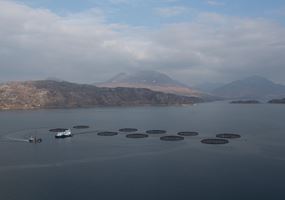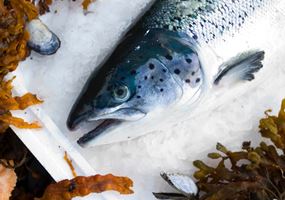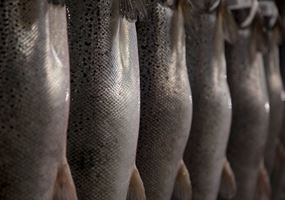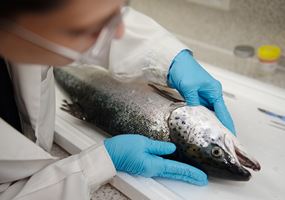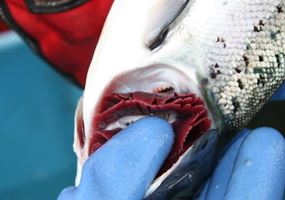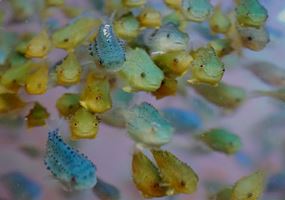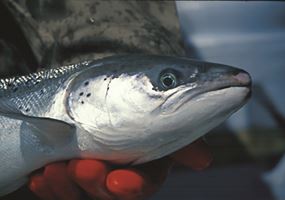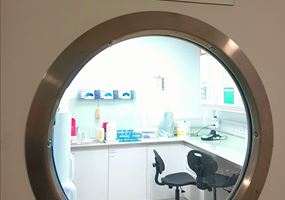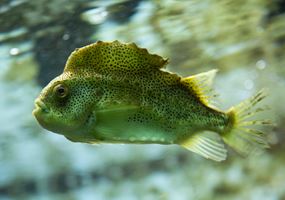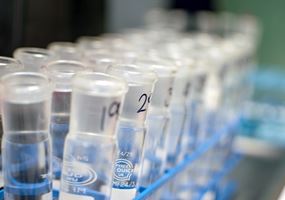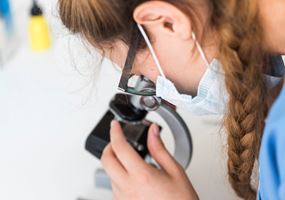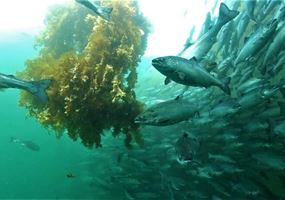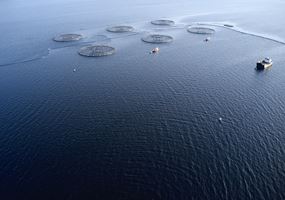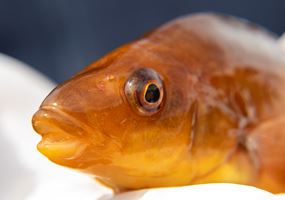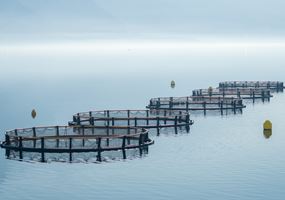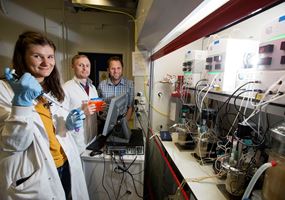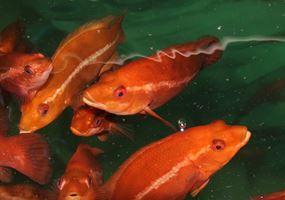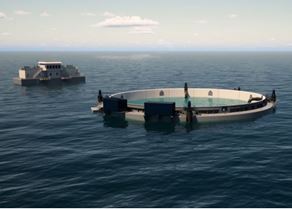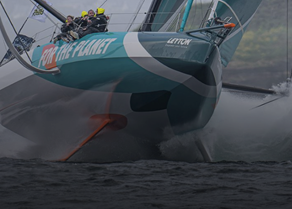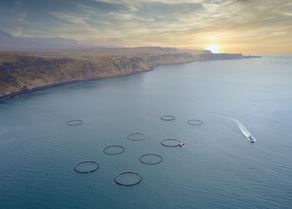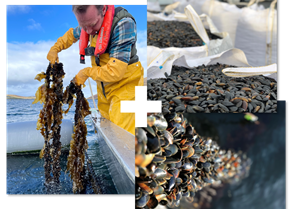Projects
We channel our resources into the areas that will benefit the Scottish aquaculture sector the most, including reducing its environmental footprint and increasing its economic impact.
Sign up to our Newsbites for project updatesThe development of diagnostic tools for the pathophysiological responses to gill dise...
Improving disease resistance in Atlantic salmon and Rainbow trout to Flavobacterium p...
Optimising genomic selection in salmon breeding to improve the accuracy and affordabi...
Identification of actions and measures that can be used to prevent, reduce, or treat...
Increased understanding of the use and performance of cleaner fish in farmed environm...
Increased understanding of Saprolegnia and its causative factors, enabling Scotland’s...
An effective, non-medicinal approach to controlling the incidence of sea lice on Scot...
Improved survivability and efficacy of cleaner fish on Scotland’s salmon farms, with...
A cheaper, faster method of monitoring and informing fish health practitioners on the...
Unlocking the mechanisms underlying the variability in gill pathology, generating nov...
Sea lice continue to have a major impact on the salmon farming industry. Many injecti...
The bacterium Flavobacterium psychrophilum has been responsible for substantial econo...
KelpRing is an innovative new product to support the successful use of cleaner fish (...
The rapid expansion of the salmon farming sector has been made possible through the a...
Ballan wrasse is one of the species used as cleanerfish in salmon farming. Their natu...
This project aims to develop a simple and cost-effective mass testing tool that could...
A go-to diagnostic system for testing new feeds prior to in vivo trials, providing de...
Increased harvest volumes of salmon and reduced reliance on medicinal controls, with...
Environmental DNA (eDNA) is DNA present in environmental samples such as sediment. e...
Industry-academic collaborations
Some of our projects have a lifetime of less than one year, while others are longer-term, multi-partner collaborations of up to three and a half years. Each project unites industry know-how with specialist academic expertise; something that SAIC works hard to encourage by helping forge the necessary connections.
Priority innovation areas
Our work is focused on catalysing and co-funding innovation in the areas identified by the sector as being top priorities. We call them our priority innovation areas – or PIAs for short.
Over the years, the industry’s priorities for innovation have evolved. Therefore, so too have our PIAs. This helps ensure that we continue to deliver maximum benefit from the combined investment being made. SAIC's three PIAs are 1: Finfish health & welfare, 2: Unlocking sector capacity, and 3: Shellfish and other non-finfish species.
